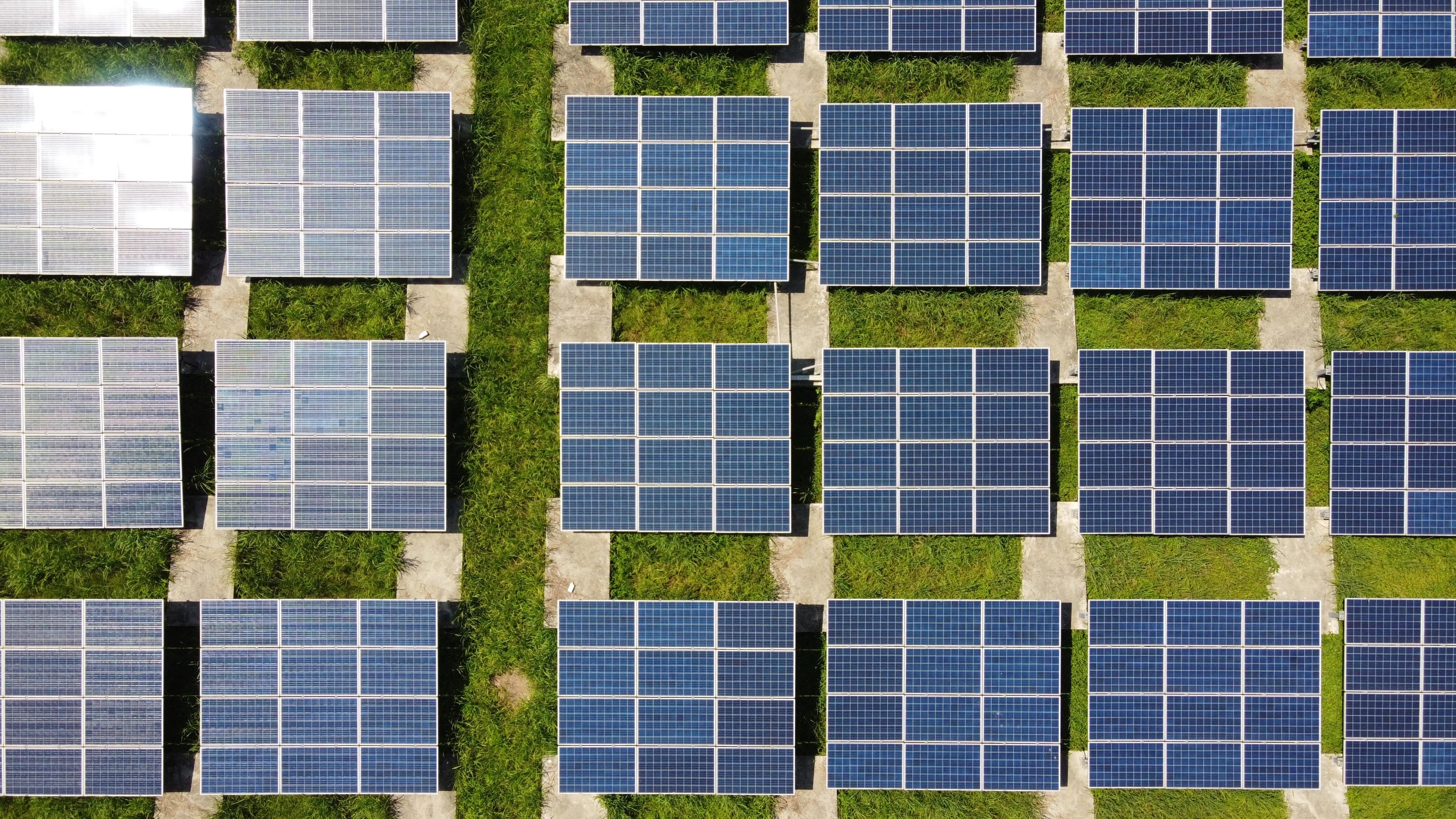3 min read
Sustainability & Marketing: What Can We Learn?
![]() True Powered by Open Energy Market
:
Sep 22, 2023 10:36:41 AM
True Powered by Open Energy Market
:
Sep 22, 2023 10:36:41 AM

Robert Gorby, Chief Commercial Officer, True
Not long ago, marketing was seen as the ‘colouring-in’ department in many businesses. More of a cost centre than a growth driver. More of a sales support function than a strategically critical function. It was a frustrating place to be for some marketers if that’s how your company perceived marketing. How times have changed? There are now more CMOs attending board meetings than ever before (1 in 4, according to Deloitte), and marketers are leading the charge on digital transformations across many businesses.
Having spent the past three months speaking with dozens of sustainability managers across multiple businesses, it’s clear that the passion and drive to make a difference, to be a change maker, is there. However, I have heard many express their frustrations over the lack of pace at which they can implement change.
Despite the drive to Net Zero by 2050 in the UK and beyond, it’s clear that recent economic pressures have impacted the prioritisation of sustainability projects.
It struck me how similar their current dilemma was to that of a CMO or Marketing Director some years ago—proving the Return on Investment, battling for budgets, convincing sceptical C-Suite colleagues and feeling confident in the investment numbers. These challenges will ring a bell with many marketers.
So, what can a Sustainability Manager learn from CMOs to increase their impact on their business?
Focus on the commercials and the sustainability will follow:
Just as marketing had to move beyond purely focusing on marketing metrics to instead focus on core business KPIs in terms of Return on Investment, Churn and CAC to LTV rations, so too do sustainability managers. Net Present Value, Return on Investment, Future Capital Requirements, Cost of Carbon and Discounted Cash Flow are just some of the metrics that CFOs are keen to see in sustainability project business cases.
Of course, there are other commercial benefits, too, such as the better conversion of tenders, which request proof of sustainability credentials, and hiring the right talent because you’re perceived as a better workplace. So, emphasise the commercial benefits of the initiatives, and the approvals will follow.
Get better aligned with Procurement
Too often, it is clear that sustainability teams are working in their own silo, in isolation from their colleagues in energy procurement. This is like the old days of sales and marketing silos (or maybe still the current reality for some businesses!).
There is a direct impact between sustainability initiatives and energy procurement insights and contracts, which is often overlooked by many businesses.
Accessing accurate energy pricing, tracking that over the lifetime of a sustainability project, aligning with procurement contracts, reducing energy demand, forecasting your changing energy usage profile, understanding volume tolerances, optimising energy sources to manage both cost and emissions, more accurate forecasts of the actual return on investment. … these are just some benefits of better alignment between procurement, sustainability teams, and colleagues.
A single platform where both teams can create, manage, track and report on their energy procurement and sustainability projects would go a long way to enabling better collaboration.
Speak the CFOs language with confidence
Nothing is worse than sitting outside the boardroom waiting to go in and present your sustainability plan, hoping nobody drills into the numbers used to calculate the ROI and NPV of your sustainability projects. You know they’ve been calculated using inaccurate assumptions regarding the energy cost data and static (spreadsheet) modelling that does not account for a dynamic energy market.
Most sustainability managers take the renewable technology supplier’s forecasts and use those to calculate a project’s return on investment and payback term. The issue is that this data is static, inflated and not representative of your business’s actual energy costs now and in the future.
Confidence in your numbers and the source of the metrics are essential to convincing CFOs to invest in your carbon reduction plans. They will be comparing the ROI on your project with many other commercial projects, so you must have investment-grade data in a suitable format to convince them with confidence.
To address these challenges and remove barriers to sustainable energy investment, we have launched True.
True combines your actual energy procurement costs with your sustainability projects in one platform giving you investment grade insights and data to make better decisions and secure board approval for your sustainability projects.
If you want to know more about how True can help you make better net zero decisions, get in touch here.